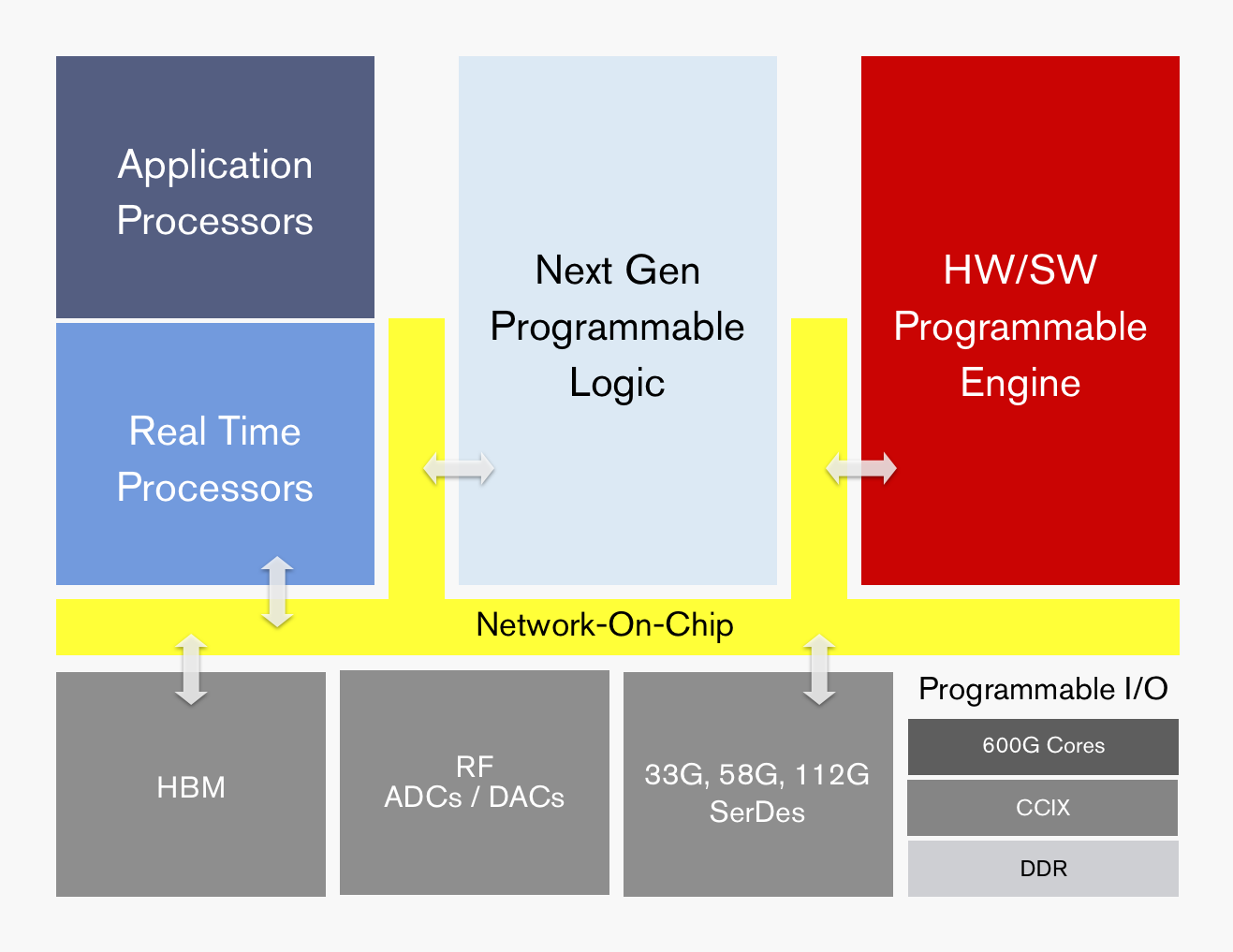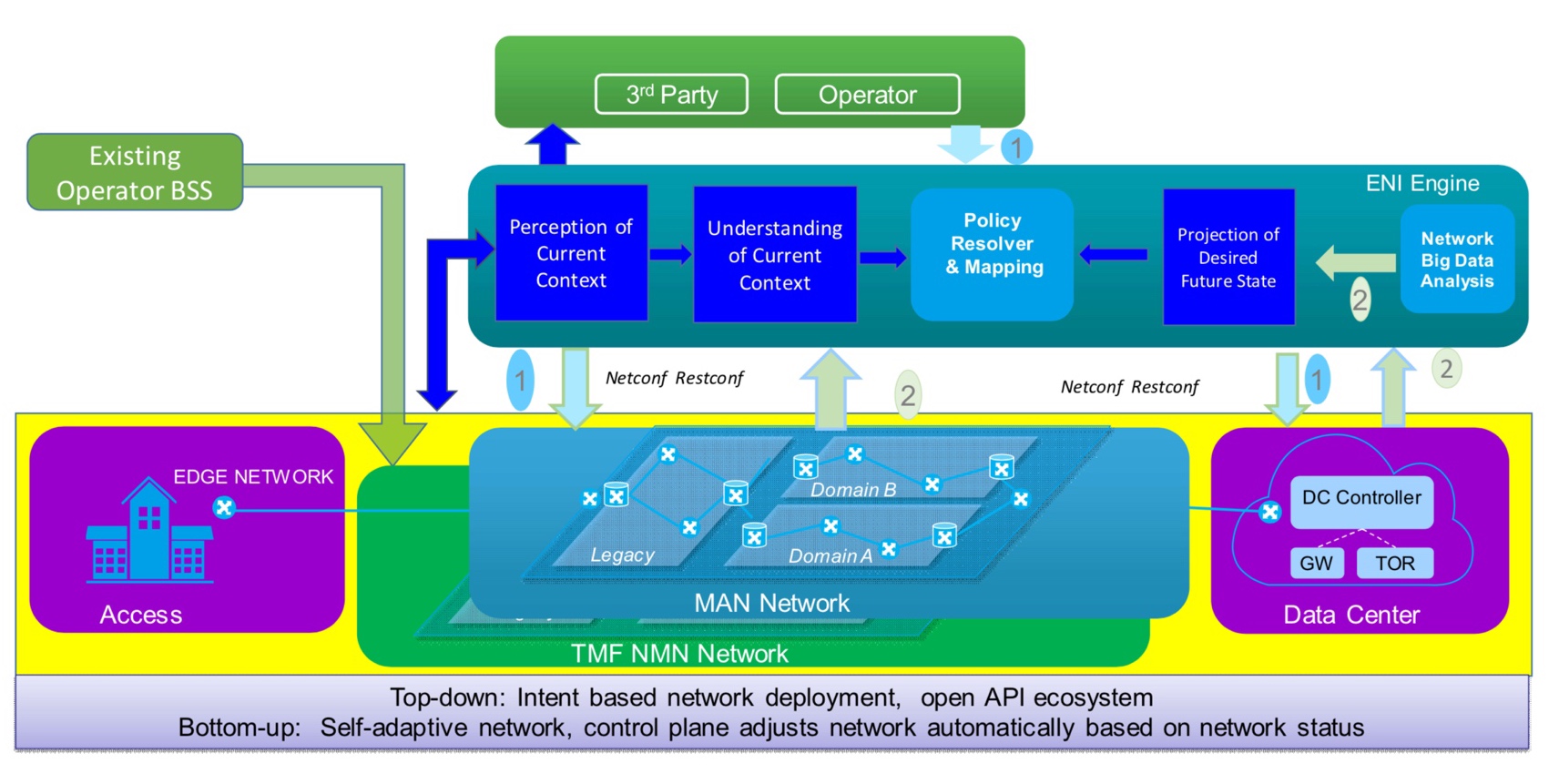The key elements of NFV usage: A guide
 Thursday, June 28, 2018 at 8:35AM
Thursday, June 28, 2018 at 8:35AM Orchestration, service assurance, service fulfilment, automation and closed-loop automation. These are important concepts associated with network functions virtualisation (NFV) technology being adopted by telecom operators as they transition their networks to become software-driven and cloud-based.
Prayson Pate (pictured), CTO of the Ensemble division at ADVA Optical Networking, explains the technologies and their role and gives each a status update.
Orchestration
Network functions virtualisation (NFV) is based on the idea of replacing physical appliances - telecom boxes - with software running on servers performing the same networking role.
 Using NFV speeds up service development and deployment while reducing equipment and operational costs.
Using NFV speeds up service development and deployment while reducing equipment and operational costs.
It also allows operators to work with multiple vendors rather than be dependent on a single vendor providing the platform and associated custom software.
Operators want to adopt software-based virtual network functions (VNFs) running on standard servers, storage and networking, referred to as NFV infrastructure (NFVI).
In such an NFV world, the term orchestration refers to the control and management of virtualised services, composed of virtual network functions and executed on the NFV infrastructure.




